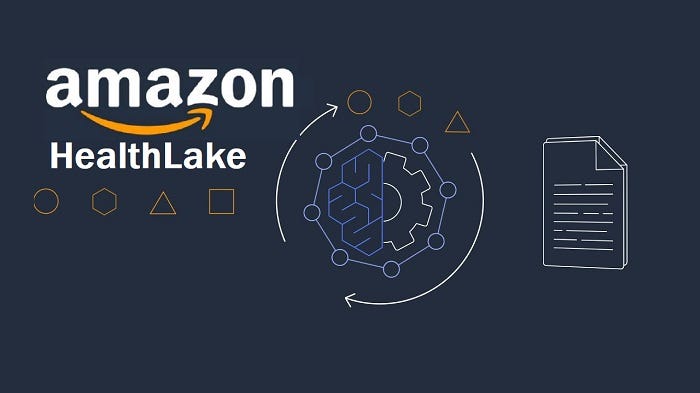A Beginner's Guide to Harnessing the Power of AWS HealthLake
 Sumit Mondal
Sumit Mondal
Introduction:
In the ever-evolving landscape of healthcare, managing and deriving meaningful insights from vast amounts of data is crucial. AWS HealthLake emerges as a powerful tool in this domain, offering a simplified approach to healthcare data interoperability and analytics. In this blog post, we'll take you through the basics of using AWS HealthLake in AWS, providing easy-to-understand examples along the way.
Understanding AWS HealthLake:
AWS HealthLake is a fully-managed, HIPAA-eligible service designed to store, transform, and analyze healthcare data in a secure and compliant manner. It allows healthcare providers, payers, and life sciences organizations to aggregate and structure disparate health data from various sources, making it easier to derive valuable insights.
Getting Started:
To begin your journey with AWS HealthLake, you'll first need to set up an AWS account if you haven't already. Once your account is ready, navigate to the AWS Management Console and find the HealthLake service.
Creating a Data Store:
Click on the "Create Data Store" button.
Follow the prompts to define your data store, providing necessary details like name, data store type, and encryption settings.
Example:
Data Store Name: MyHealthDataStore
Data Store Type: FHIR
Encryption: Enable encryption at rest
Ingesting Data:
After creating the data store, you can start ingesting data. AWS HealthLake supports various data formats, but for simplicity, let's focus on Fast Healthcare Interoperability Resources (FHIR) format.
Use the AWS CLI or SDKs to upload your FHIR data to the specified S3 bucket.
Example:
aws healthlake start-fhir-import-job \
--datastore-id <YourDataStoreID> \
--input-data-configuration S3Uri=s3://your-bucket/your-fhir-data.ndjson
Transforming and Indexing:
AWS HealthLake automatically transforms the ingested data into a standardized format, making it easy to query.
The service indexes the data, enabling fast and efficient retrieval.
Example:
# Code snippet for querying patient data
response = healthlake.describe_fhir_datastore(datastoreId='<YourDataStoreID>')
print(response['datastoreProperties']['datastoreEndpoint'])
Analyzing Data:
Now that your data is ingested and transformed, leverage HealthLake's analytical capabilities.
Use services like Amazon QuickSight for data visualization or Amazon Comprehend Medical for natural language processing on clinical texts.
Example:
-- SQL query to retrieve patient demographics
SELECT Patient.Name, Patient.Gender, Patient.BirthDate
FROM FHIR.Patient
Conclusion:
AWS HealthLake simplifies the complexities of healthcare data management, providing a secure and scalable solution for interoperability and analysis. By following these basic steps, you can harness the power of HealthLake to derive valuable insights that drive innovation and improvements in the healthcare sector. Remember to explore the extensive documentation and additional features to unlock the full potential of AWS HealthLake in AWS.
Subscribe to my newsletter
Read articles from Sumit Mondal directly inside your inbox. Subscribe to the newsletter, and don't miss out.
Written by

Sumit Mondal
Sumit Mondal
Hello Hashnode Community! I'm Sumit Mondal, your friendly neighborhood DevOps Engineer on a mission to elevate the world of software development and operations! Join me on Hashnode, and let's code, deploy, and innovate our way to success! Together, we'll shape the future of DevOps one commit at a time. #DevOps #Automation #ContinuousDelivery #HashnodeHero